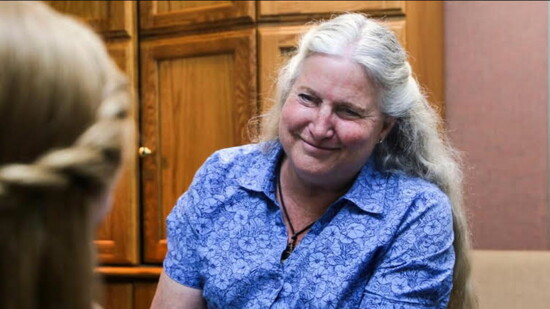It was 2006. I was sitting at the desk in my shared office, a partner in a group practice, when the phone rang. A desperate mother was seeking help for her three-year-old daughter. The little girl had choked on a piece of chicken and was now terrified to eat solid food. Her mother blended all her meals into smoothies so she could drink them instead.
As I listened to this frantic mother, I explained that I had never worked with children before and didn’t believe I could help. She began to plead, saying she had called many professionals and no one was willing to work with her daughter. Because of her desperation, I agreed to try.
I had trained in 2000 as a Consulting Hypnotist with the National Guild of Hypnotists and had been working with adults seeking change in their lives. I began working with her daughter, Deseree. Our sessions were successful. She became more relaxed, began eating solid food again, and was so proud of herself. Her parents were overjoyed.
From that moment forward, I began working with children.
There are so many areas where hypnosis can help. If you know where you are and where you want to be, hypnosis can help bridge that gap.
Since then, I’ve worked with children on bedwetting, improving grades, test anxiety, public speaking, general anxiety, and more. I’ve helped young ballet dancers overcome fear of performers in “The Nutcracker” wearing rat costumes. I’ve worked with gymnasts who lost confidence doing backflips—once fearless, then suddenly afraid.
One girl I worked with was constantly fighting with classmates. After our sessions, her mother called to say the school counselor had noticed a drastic change in her behavior.
I also work closely with parents, helping them shift their reactions, communicate more clearly, and manage their own stress when facing their child’s struggles. That piece is often key to long-term success.
Today, I teach other consulting hypnotists how to expand their practice to include children. Each year, I share what I’ve learned at the National Guild of Hypnotists’ annual convention—so more professionals can support the next generation with confidence and compassion.
